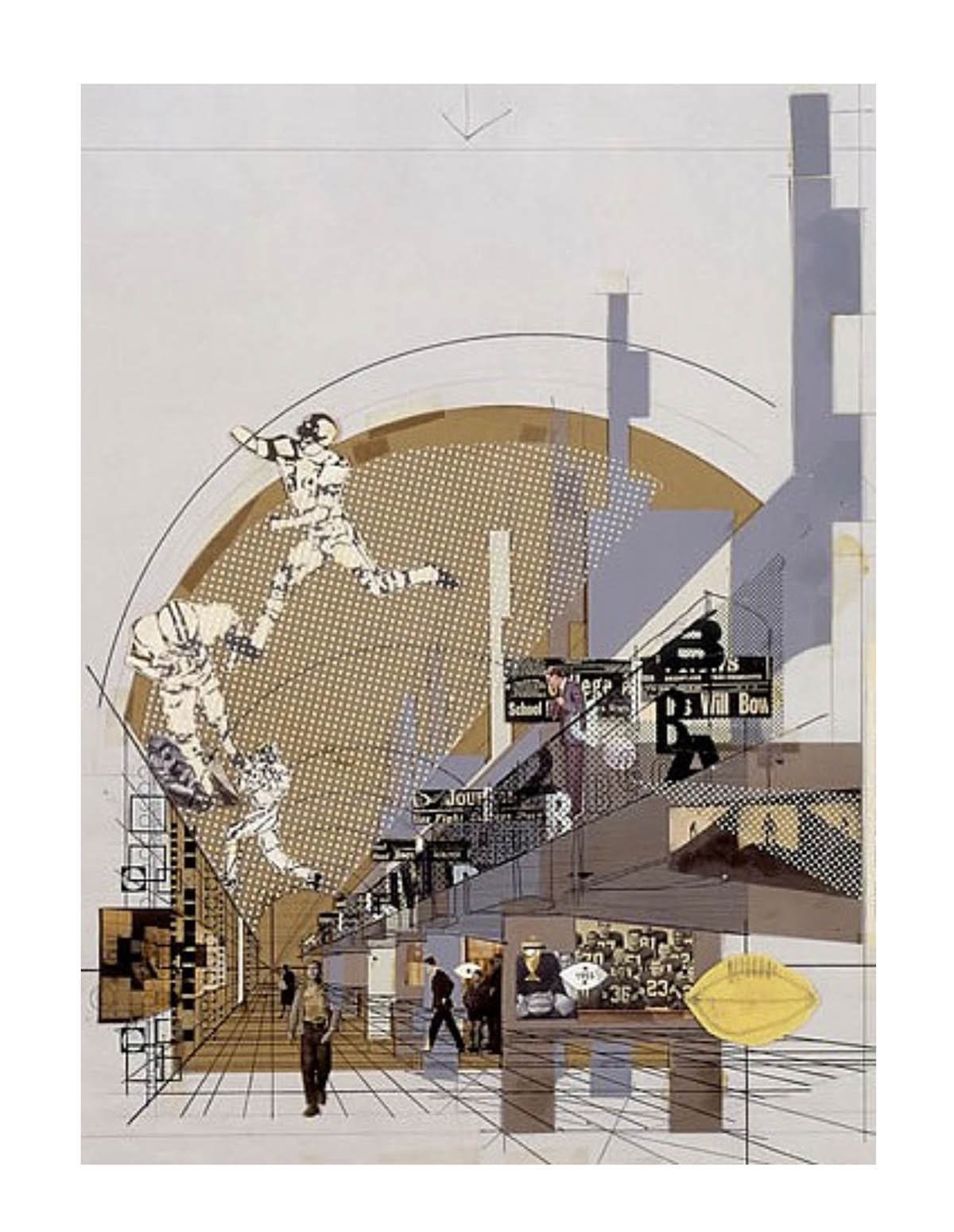Flatbed

by Phillip Denny (PhD)
Art historian Leo Steinberg introduced the concept of the flatbed picture plane in a lecture given at the Museum of Modern Art in 1968; it was published in Artforum in 1972 and appeared in an anthology of Steinberg’s writing under the title Other Criteria.1 The “flatbed” refers to his assertion that the essential verticality of the picture plane in painting had recently been substituted for a fundamental horizontality, like that of a flatbed print- ing press. For Steinberg, the flatbed picture plane is “any receptor surface on which objects are scattered, on which data is entered, on which infor- mation may be received, printed, impressed—whether coherently or in confusion.” Importantly, Steinberg’s “flatbed” is an abstract substrate, but it is also an irreducibly material one, that is, some thing onto which “objects are scattered” or “data entered.” Steinberg’s principal example is Robert Rauschenberg, whose screen-printed collages and combines evince a play of data that reconfigures the pictorial surface as an abstract window of sorts. This picture plane attains dual status as both abstract and real, a surface that is at once existing in actuality and as a conceptual ideal, like a geomet- ric plane: a perfectly flat, featureless surface. Indeed, whereas Steinberg’s deployment of the term “plane” is sometimes passive (e.g., “a receptor”), it is elsewhere rendered active:
Rauschenberg’s picture plane had to become a surface to which anything reachable-thinkable would adhere. It had to be whatever a billboard or dashboard is, and everything a projection screen is, with further affinities for anything that is flat and worked over—palimpsest, canceled plate, printer’s proof, trial blank, chart, map, aerial view.
Any flat documentary surface that tabulates information is a relevant analogue of his picture plane—radically different from the transparent projection plane with its optical correspondence to man’s visual field.2
The inherent contradiction of the “flatbed picture plane” comes to the fore when Steinberg describes the “picture plane,” a geometrical product of
linear perspective, as if it were a material thing. The “picture plane” was just an “imaginary plane corresponding to the surface of a picture” before Steinberg’s artists took hold of it, “to become a surface to which anything reachable-thinkable would adhere,” like pasting bills to a wall.3 This persistent contradiction suggests both the unresolved ontological status of the “picture plane” and the limited pliancy of the term as Steinberg resolved to stretch and to redefine it after 1968. But this ambiguous linguistic terrain arguably held the greatest import for architecture, and indeed, the question of “whatever a bill- board or dashboard is” was also on the minds of Steven Izenour, Denise Scott Brown, Robert Venturi, and the Yale students they’d brought to Las Vegas that same year. Their task was twofold: an “open-minded and nonjudgmental inves- tigation” of the strip and the invention of new graphic techniques to document it.4 Their now-famous charts, diagrams, and collages of Las Vegas’s abundant billboards, its neon signs, and “every written word seen from the road” sug- gest that some architects already had the flatbed in hand.
1 Leo Steinberg, “Other Criteria: The Flatbed Picture Plane,” in Other Criteria: Confrontations with Twentieth-Century Art (New York: Oxford University Press, 1972).
2 Ibid., 88.
3 This definition of “picture plane” is taken from my nearest “reachable-thinkable” dictionary; see “picture plane” in New Oxford American Dictionary (3rd ed., 2017).
4 See Steven Izenour, Denise Scott Brown, and Robert Venturi, “Syllabus, Learning From Las Vegas Studio, Fall 1968,” Yale School of Architecture, 1968. The first edition of Learning from Las Vegas was published in 1972 and a revised edition was issued in 1977.


